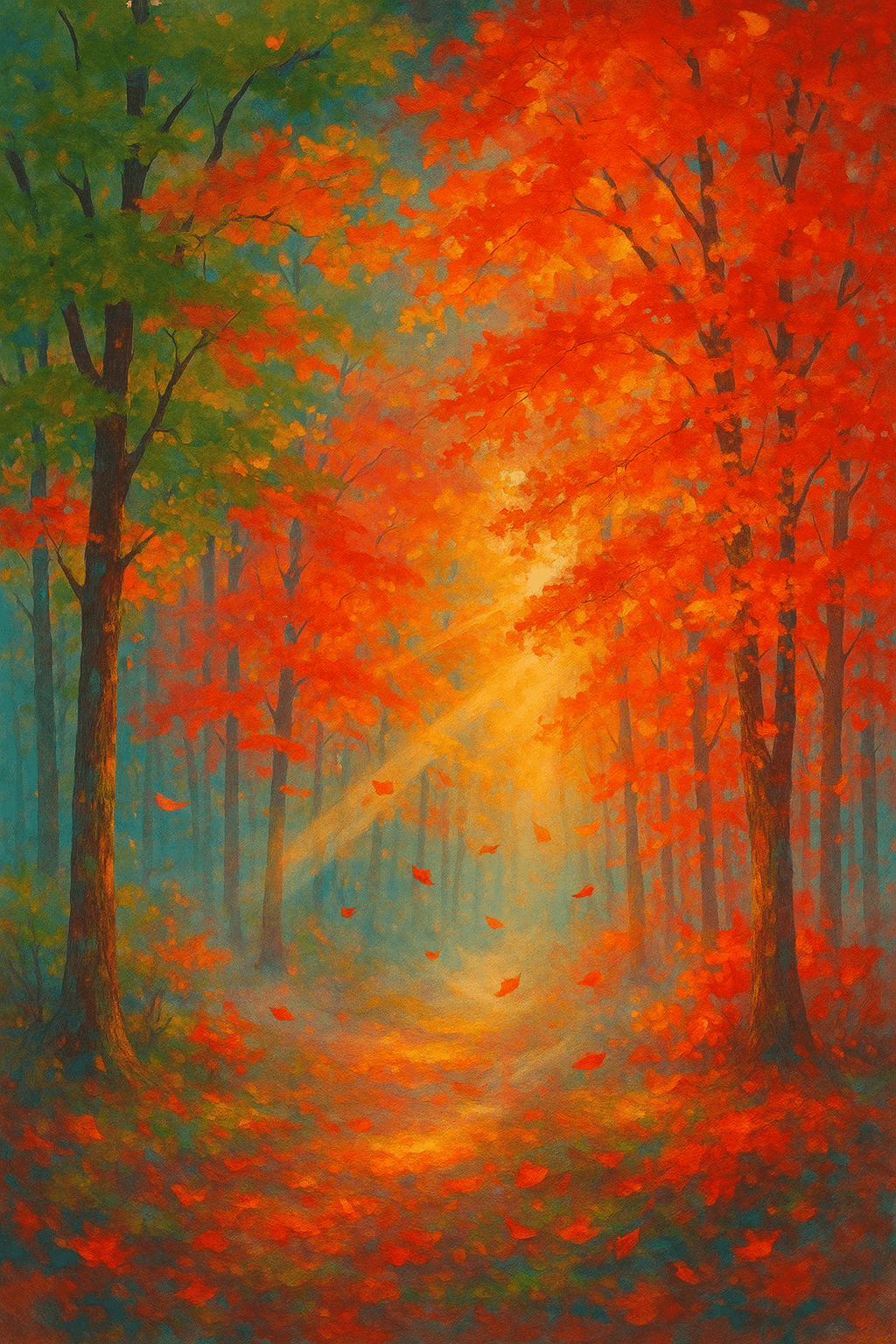Crafting a Unique, Recognizable Visual Identity
Created at: May 14, 2025

Create your own visual style… let it be unique for yourself and yet identifiable for others. — Orson Welles
The Imperative of Individual Expression
Orson Welles’s guidance calls on creators to cultivate individual aesthetics rather than following fleeting trends. In an era saturated with clichéd imagery, Welles urges an authenticity that reflects the creator’s inner vision. This ideal echoes Picasso’s assertion that 'art is the lie that enables us to realize the truth,' inviting us to explore our own truths visually.
Balancing Uniqueness with Accessibility
Yet, Welles insists that personal style should not be so esoteric that it alienates viewers. The challenge is to develop a visual language both distinctive and communicative. For instance, filmmaker Wes Anderson’s palette—marked by symmetry and pastels—offers an immediately recognizable style that’s nonetheless emotionally resonant, bridging the private and universal.
Historical Precedents in Artistic Identity
Looking back, countless artists have succeeded by forging signature styles. Vincent van Gogh’s swirling brushwork and bold colors remain unmistakable, influencing generations. Similarly, Bauhaus designers created functional forms unified by geometric clarity, signaling a movement through their aesthetic alone. These examples underscore that lasting impact derives from the fusion of novelty and coherence.
Techniques for Developing Your Style
Developing a personal style is often a process of trial and error—a synthesis of varied influences filtered through self-reflection. Many artists keep sketchbooks or mood boards to trace recurring motifs. According to designer Paula Scher, repetition and adaptation help style emerge organically, eventually solidifying into a visual signature that speaks for itself.
The Legacy of Recognizable Creativity
Ultimately, a unique yet identifiable style forms the cornerstone of an artist’s legacy. It allows work to stand apart in crowded fields, earning recognition and forging cultural impact. As with Welles’s cinematic techniques—long takes, unconventional camera angles—distinctive visuals communicate not just what is seen, but the vision behind the lens, inviting others to recognize and remember.